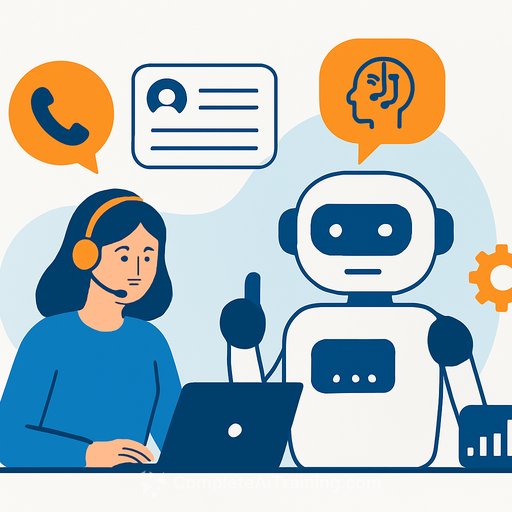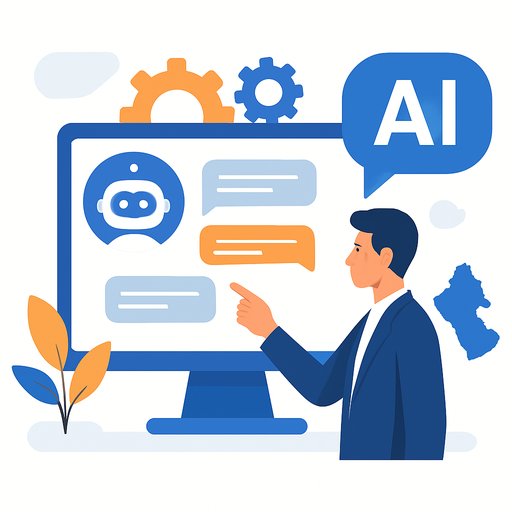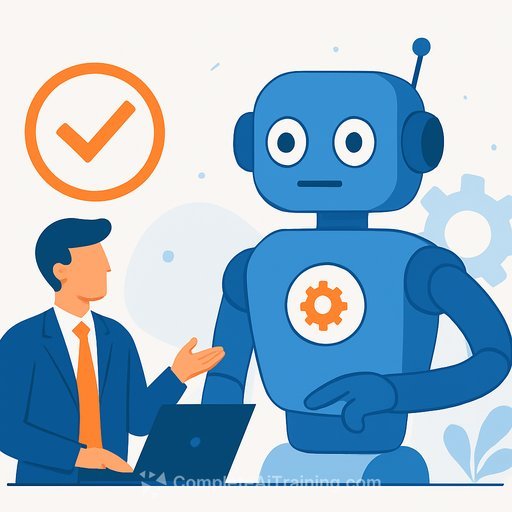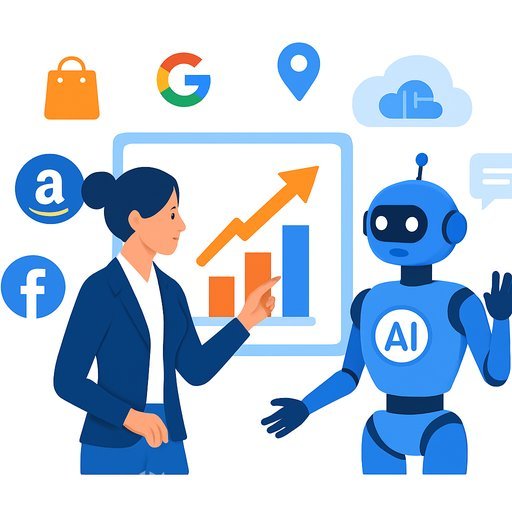Zendesk rolls out new AI automation for contact centers
Updated: 18:33 EDT . October 8, 2025
Zendesk announced a wave of AI features at its AI Summit, aimed at making support teams faster and more efficient. Everything lands in the Resolution Platform, the company's core environment for handling tickets and planning headcount.
Since going private in a $10.2 billion deal three years ago, Zendesk says its AI capabilities are on track to exceed $200 million in annualized revenue this year-nearing half of the last quarterly revenue it disclosed before going private.
What's new
Voice AI agents that can handle up to 80% of inbound requests using your knowledge base and historical tickets. The promise: shorter queues, less repetitive work for agents, and faster resolutions for common issues.
Admin Copilot to simplify platform management. It explains features in plain language and can fix certain technical issues automatically-useful for lean admin teams.
App Builder for quick, prompt-driven micro-apps inside Zendesk. Example: add a sidebar that surfaces a customer's prior interactions so agents don't hunt across tabs. No heavy engineering required.
Action Builder for routine automations (like syncing tickets to Jira). Zendesk added testing features so admins can validate workflows before they go live, reducing broken automations and surprise errors. Jira
Knowledge Builder to generate knowledge base articles from support tickets and internal data. This helps deflect repeated questions and keeps content updated without endless manual writing.
Device monitoring to track company-issued hardware used by agents. Helpful for remote and hybrid teams where device health impacts handle time and CSAT.
Analytics dashboards that surface volume, productivity, and other key contact center metrics-with more analytics coming soon. "With our recent acquisition of HyperArc, we're taking analytics even further," said Keith Pearce, senior director of product marketing. "Soon, teams will be able to explore data conversationally, uncover root cases of issues and get real-time answers in context."
Learn more about the platform at Zendesk.
Why this matters for support leaders
- Deflection: Let voice AI handle routine intents so agents focus on nuance and escalation.
- Speed: Surface context (past tickets, KB articles) directly in the agent workflow.
- Quality: Auto-generate and maintain KB articles from real cases, not guesswork.
- Control: Test automations before rollout to avoid noisy failures.
- Planning: Use analytics and staffing estimates to match volume without over-hiring.
- Operations: Monitor devices to reduce avoidable friction in handle time and QA results.
Quick implementation checklist
- List top 20 intents from recent tickets and flag those suitable for AI voice handling.
- Clean and expand your knowledge base-prioritize high-volume, high-CSAT-impact topics.
- Build starter automations in Action Builder: ticket syncing, field updates, SLA routing.
- Pilot App Builder components to put key context (past tickets, macros) in one click.
- Enable Admin Copilot for your admins and document which fixes it can perform safely.
- Set baseline metrics (AHT, FCR, CSAT, deflection rate) and review weekly.
- Turn on device monitoring for remote agents; track correlations with productivity.
What to watch next
- Conversational analytics from the HyperArc acquisition: natural-language queries, faster root-cause analysis, and in-context answers.
- Expanded testing and governance for automations to keep scale from introducing risk.
Upskill your team for AI-enabled support
If you're building AI skills across your support org, explore focused training and tools:
Your membership also unlocks:






